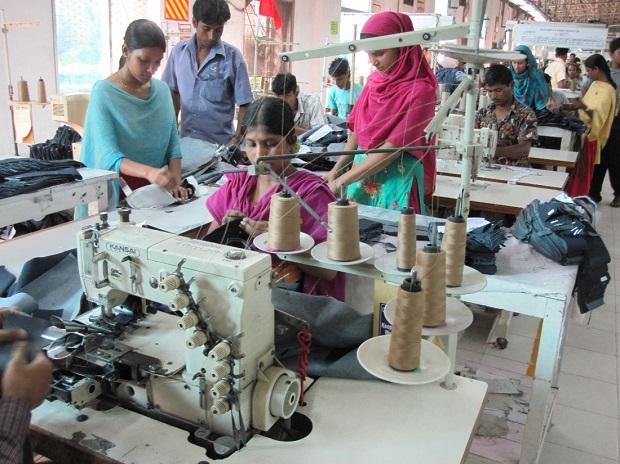
Economy & Policy:
There’s an old theory that as an organism develops, it progresses through the same evolutionary stages travelled by its ancestors. Traditionally, economic development has worked in a similar way. When a country first shifts from agrarian poverty to industrialization, it tends to start out in light manufacturing, especially textiles. Later it masters more complex manufactured products, and finally, it progresses to inventing its own cutting-edge technology. Thus, each country’s development tends to look a bit that of nations that already went through the process.That certainly seems to describe the experience of South Korea and Taiwan, which reached developed-country status relatively recently. It’s also the path being followed by China. As these countries got richer and their wages rose, low-tech labour-intensive manufacturing industries tended to migrate to countries with cheaper workers.
Recently, one of the biggest beneficiaries of this process has been Bangladesh. The garment industry accounts for more than 80 per cent of the South Asian nation’s export revenue, and about a fifth of its gross domestic product. In 2017, Bangladesh was the world’s second-largest apparel supplier after China, with 6.5 per cent of the market, outpacing neighbouring India despite the latter’s much larger economy.
This economic development path has no doubt come at a real human and social cost -- Bangladesh's workers suffer harsh working conditions and many industrial accidents, including a horrific factory collapse in 2013 that killed more than a thousand people. But overall, the tried-and-true industrialization strategy seems to be working. Real GDP per capita has doubled since the turn of the century, and Bangladesh appears to be on a similar exponential growth path as its neighbour India:
India, meanwhile, has generally underperformed in manufacturing. The country does have a few bright spots -- for example, it’s now the world’s sixth-biggest auto manufacturer, with an immense factory cluster in Gujarat,and has been increasing its production of smartphones...Read More
No comments:
Post a Comment